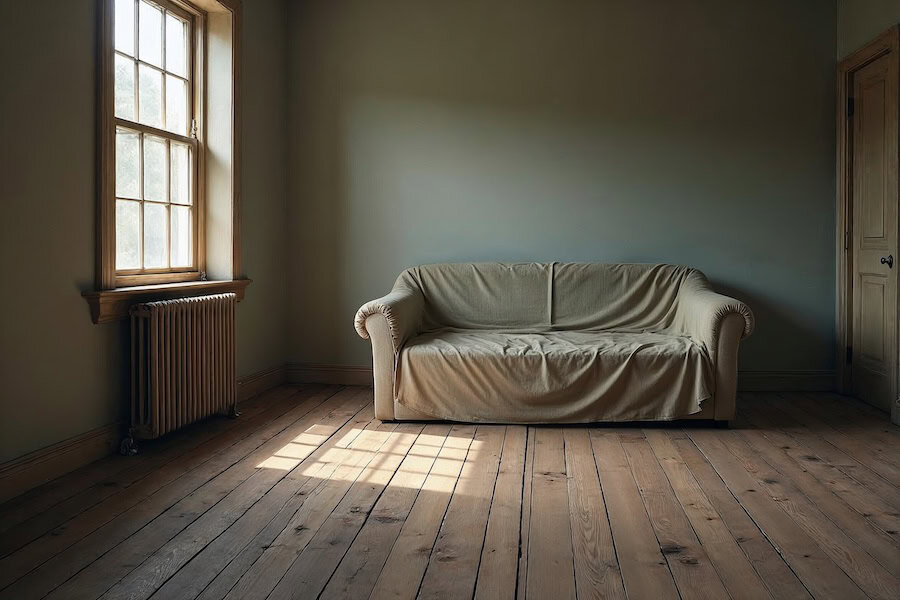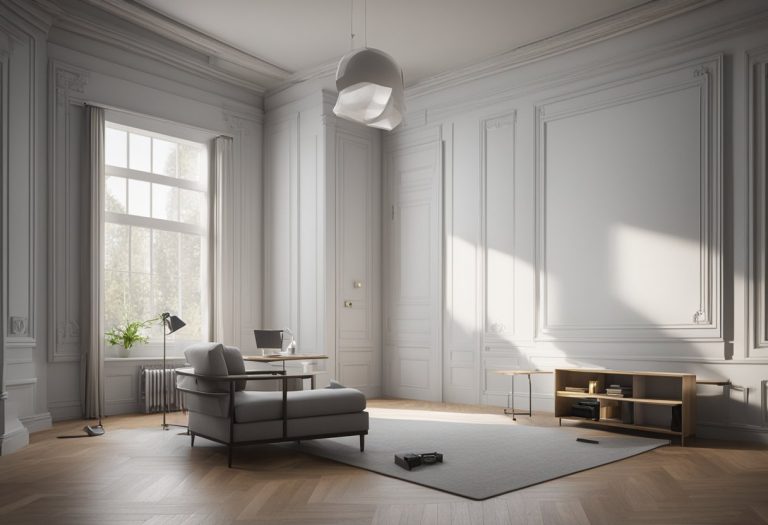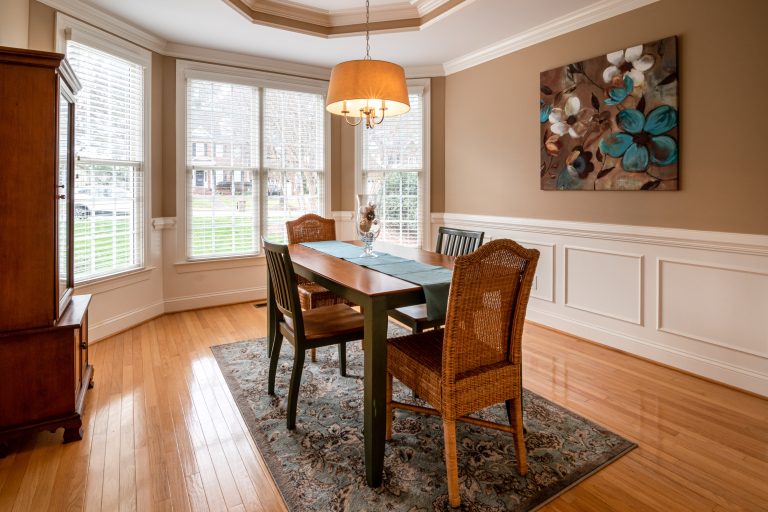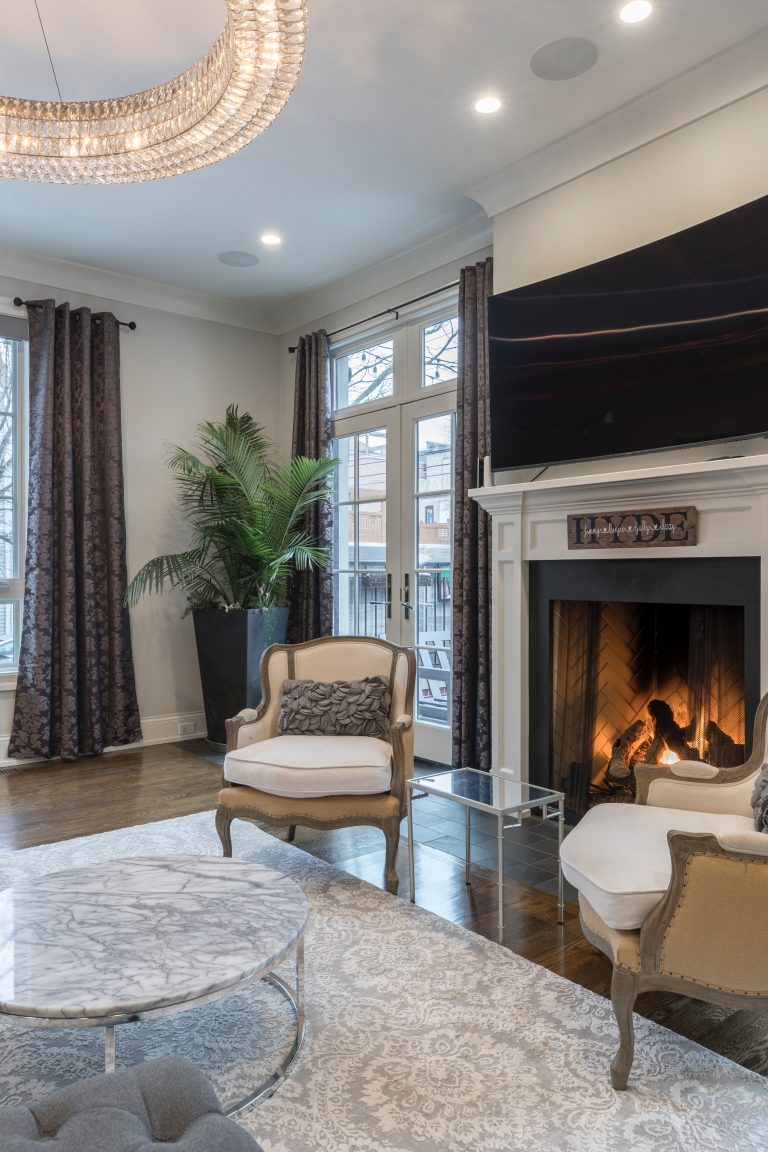Should You Paint Walls or Skirting First?
If you’re midway through a decorating project and wondering whether to paint skirting boards or walls first, you’re not alone. This simple decision can make a surprising difference between a rushed look and a professional finish.
This step by step guide walks you through the correct painting sequence. Whether you’re updating one wall or tackling the whole room, here’s how to get a smooth finish with fewer mistakes.
Why the Right Painting Order Matters
Getting the correct order makes the process easier, cleaner, and more efficient. You’ll spend less time using masking tape, reduce drip marks, and avoid smudging freshly painted areas.
The golden rule: Start painting from the top and work your way down. Begin with the ceiling, then move on to walls, and finish with the skirting boards.
Step 1: Prep the Room Properly
A solid prep stage is essential for a professional finish. Make sure you follow the below steps before you get started:
- Clear out furniture and fittings.
- Lay down dust sheets to cover and protect floors and remaining items.
- Remove door frames, switch plates, and other fixtures.
- Use masking tape to shield skirting, sockets, trims, and ceiling edges.

Step 2: Clean and Prepare Skirting Boards
Even new skirting boards need prep to ensure a more durable finish. Here’s how to prepare skirting boards properly:
- Wipe down with a damp cloth to remove dust and grease.
- Lightly sand the surface to help the paint adhere.
- Fill in nail holes or cracks, then sand again.
- If working with new wood, always apply knotting solution to seal resin spots.
This might feel tedious, but it’s the secret to a durable finish that lasts.
Step 3: Follow the Correct Painting Order
1. Ceiling First
Start with your ceiling paint. Use a roller in a zig zag pattern for even coverage, and cut in around edges with an angled brush.
Opt for a white or light matt finish. This enhances brightness and works with nearly any colour scheme.
2. Walls Next
After the ceiling is dry, focus on the wall painting. Choose a high-quality emulsion in your perfect shade, whether you’re going for a single colour or a bold feature.
- Begin with a first coat, cutting in edges before rolling.
- Paint in a vertical direction for a clean result.
- Allow the coat to dry fully before applying your second coat.
Two coats create deeper colour and a cleaner, longer-lasting look.
3. Skirting Boards Last
Leave the skirting boards for last. This prevents any accidental marks on your freshly done walls.
- Reapply masking tape along the base of the walls.
- Choose a high-quality skirting board paint. Either gloss or satin works well for an easy to wipe finish.
- Use a small angled brush and a steady hand, painting with the grain of the wood.
- Apply the first coat, let it dry, lightly sand, and finish with the second coat.
This order saves you from kneeling near freshly painted surfaces and keeps the paint lines clean.
Paint Types and Tools You’ll Need
Here’s a quick overview of what to use for each area:
| Area | Paint Type | Finish | Tools Required |
|---|---|---|---|
| Ceiling | Ceiling paint | Matt, low sheen | Roller, angled brush |
| Walls | Washable emulsion | Matt or soft sheen | Roller, cutting-in brush |
| Skirting Boards | Wood/trim paint | Gloss or satin | Small angled brush, masking tape |
Head to your local Dulux Decorator Centre for reliable paint and your perfect shade.
Mistakes to Avoid
Make sure to avoid these common mistakes to prevent ruining your work:
- Painting skirting first and then splattering it during wall painting.
- Forgetting to lightly sand between coats. This weakens adhesion.
- Using cheap tools that leave streaks or brush marks.
- Not waiting for coats to dry properly before adding another.
Aftercare and Finishing Touches
Once everything’s painted:
- Remove masking tape carefully to avoid peeling off fresh paint.
- Tidy up any excess paint.
- Wipe surfaces clean and double-check your finish.
To keep your skirting boards and woodwork looking fresh:
- Clean them with a soft damp cloth.
- Touch up chips promptly with leftover skirting board paint.
- In high-traffic areas, a clear coat can help preserve that more durable finish.
Final Checklist Before You Begin
✔ Room cleared and protected with dust sheets
✔ Surfaces cleaned, filled, and sanded
✔ All tools, paint, and materials ready
✔ Painting sequence: Ceiling, Walls, Skirting
✔ Each coat fully dry before proceeding
Recap: What You’ve Learned
Nailing a perfect finish is about more than just colour choice:
- Prep well with clean, smooth surfaces
- Paint in the correct order: ceiling, walls, then skirting
- Don’t rush. Each coat matters
With a little planning and patience, your decorating project can look as though it was done by a pro.
FAQs
Should I paint skirting boards or walls first?
Always paint walls before skirting boards. This order keeps freshly painted areas clean and helps you get sharp lines without extra taping.
How do I prepare skirting boards before painting?
Start by wiping with a damp cloth, then lightly sand the surface. Fill any nail holes, sand again, and if it’s new wood, don’t forget to apply knotting solution.
What kind of paint is best for skirting boards?
Use a skirting board paint in gloss or satin. These finishes are easy to wipe and hold up better in busy areas like hallways and lounges.
Can I use any tape to mask walls and trims?
No. Only use proper masking tape. It sticks cleanly, protects edges, and peels away without damaging your freshly painted surfaces.







